
Experts contribute ideas at the seminar
The above issue was shared by experts at the seminar "Results of the first year of the FTA index - Issues raised" organized by Industry and Trade Magazine on October 3.
The picture is uneven
The Ministry of Industry and Trade 's announcement of the FTA Index for the first time in April 2024 opened a new approach in assessing the effectiveness of implementing free trade agreements (FTAs) in Vietnam. If previously, research and statistics were mainly focused at the central level, then with the FTA Index, for the first time, the level of FTA utilization and implementation is "illuminated" down to each locality - where businesses are directly supported, policies are implemented and integration commitments are realized.
The FTA Index 2024 results show a colorful picture. The top 10 leading localities include Ca Mau, Thanh Hoa, Binh Duong, Khanh Hoa, Tra Vinh , Long An, Ha Giang, Bac Lieu, Ninh Binh and Dien Bien, with scores ranging from 31 to nearly 35. However, the national average score is only 26.2/100 and the lowest locality is only 14.49 points, reflecting a significant difference.
Mr. Ngo Chung Khanh, Deputy Director of the Multilateral Trade Policy Department (Ministry of Industry and Trade), said that the difference mainly comes from leadership thinking and resource allocation. Some provinces have only one officer in charge of FTA while the workload is large, making support for businesses not go into depth. On the business side, most do not have a legal department or experts knowledgeable about FTA to take advantage of commitments, especially with new markets such as the EU, Canada or the UK.
Associate Professor Dr. Dao Ngoc Tien, Vice Principal of Foreign Trade University - the unit that conducted the survey and analyzed FTA Index data - also emphasized the system factor. According to him, the awareness of both the government and businesses about FTA has not really considered this a long-term strategy. Many localities are still loosely connected with businesses, while the government's attention and support are the decisive factors in the ranking. Typically, there are provinces with small exports but they achieve high scores thanks to the close cooperation of management agencies with businesses.
Another highlight is the difference in implementing sustainable development commitments. For example, Ca Mau leads the country thanks to its very high score in this pillar, as the government and businesses are clearly aware that protecting the environment and aquatic resources is a matter of survival.

Mr. Ngo Chung Khanh said that after the announcement ceremony of the FTA Index, many large provinces and cities proactively contacted the Ministry of Industry and Trade to ask for detailed instructions.
Small and medium enterprises: Big bottleneck
Representing the business sector, Dr. Nguyen Van Than, Chairman of the Vietnam Association of Small and Medium Enterprises (VINASME), frankly admitted that most small and medium enterprises are not fully aware of the impact of FTAs. Many enterprises are still struggling in the role of processing, lacking a strategy to become a professional manufacturer and trader to reach demanding but high-value markets.
Mr. Than highly appreciated the formation of the FTA Index, considering it an important national index because it involves both local authorities and the business community. However, for this index to be truly effective, according to him, it is necessary to include the FTA Index in the group of criteria for local ranking. "If that is the case, the provincial leaders will focus resources immediately, because when the index becomes an official 'measure', the pressure for improvement will be greater," he emphasized.
After the first year of implementation, according to Associate Professor Dr. Dao Ngoc Tien, many localities have "awakened", realizing that the implementation of the FTA has not met expectations. The change is reflected in the development of specific plans, setting clear goals for each industry and market instead of just stopping at a few propaganda seminars. The positive point is that more and more localities consider export enterprises as the center of the support process.
Mr. Ngo Chung Khanh also said that after the announcement of the FTA Index, many large provinces and cities proactively contacted the Ministry of Industry and Trade to ask for detailed instructions, from analyzing weaknesses to building plans to support businesses. This is a signal showing a change in leadership thinking, although it still needs to be spread more strongly.
According to experts, in order for the FTA Index to fully develop its value, it is necessary to expand its scope and improve its assessment methods. Associate Professor, Dr. Dao Ngoc Tien proposed adjusting the proportion of indicators, increasing the role of sustainable development factors and non-tariff incentives, which is a long-term trend. In addition, the scope of the survey should be expanded to include cooperatives and collective economies because these are components that contribute to exports but have not been measured.
On the side of the Ministry of Industry and Trade, Mr. Ngo Chung Khanh said that the Ministry is coordinating with ministries, branches and localities to build a set of updated and more practical assessment questions. At the same time, provinces will be given specific instructions to improve results not only to "increase scores" but more importantly to effectively support businesses.
In addition, according to experts, in the context of many global fluctuations, from reciprocal tax policies to protectionist trends, Vietnamese enterprises are forced to diversify their markets. Mr. Khanh noted: "We cannot depend on a few markets. The EU, UK, Canada, Mexico... are large, potential destinations and need to be included in the export strategy of enterprises."
According to Mr. Nguyen Van Than, along with the support policy from the state, enterprises themselves must proactively transform and invest to meet international standards, especially in demanding markets. This is the only way to achieve the goal of sustainable development.
Anh Tho
Source: https://baochinhphu.vn/khac-phuc-khoang-cach-trong-tan-dung-fta-cua-dia-phuong-doanh-nghiep-102251003154057029.htm



![[Photo] Students of Binh Minh Primary School enjoy the full moon festival, receiving the joys of childhood](https://vphoto.vietnam.vn/thumb/1200x675/vietnam/resource/IMAGE/2025/10/3/8cf8abef22fe4471be400a818912cb85)



![[Photo] Prime Minister Pham Minh Chinh chairs meeting to deploy overcoming consequences of storm No. 10](https://vphoto.vietnam.vn/thumb/1200x675/vietnam/resource/IMAGE/2025/10/3/544f420dcc844463898fcbef46247d16)


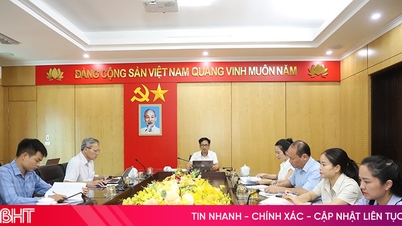











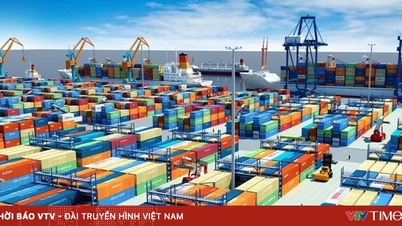

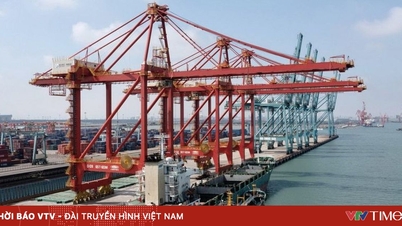







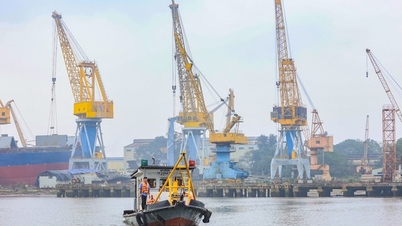


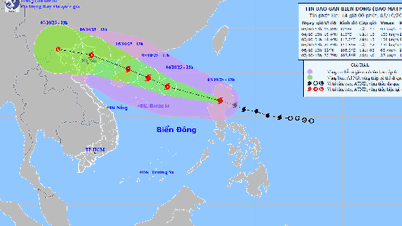
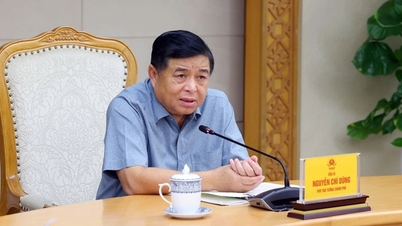




















































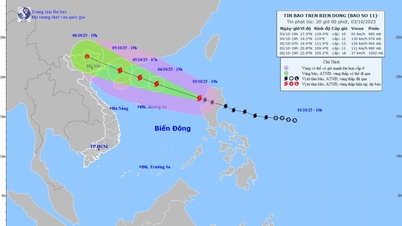

















Comment (0)